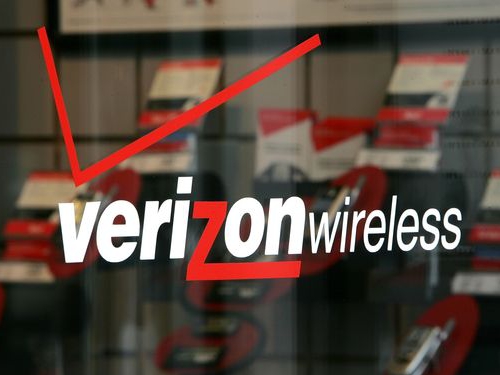Verizon Launching Internet TV Next Year?
Back in January 2014, Intel announced that it had sold all of the assets of its Intel Media division. That meant the company had thrown in the towel in regards to developing its "OnCue" streaming TV service. All the assets and a crew of nearly 350 employees now reside under Verizon Communication's roof.
"This sale ... enables Intel to further align our focus and resources around advancing our broad computing product portfolio in segments ranging from the Internet-of-Things to data centers," said Brian Krzanich, CEO of Intel Corporation, at the time.
Verizon said it would integrate the IP-based TV service with its FiOS video to put a wider distance between it and competing cable subscription services. Verizon also indicated that FiOS subscribers would "benefit from elegant search and discovery, interactivity and cross-screen ease of use – integrated with the Verizon Wireless 4G LTE network."
Now Verizon is indicating that its IP-based TV service will launch in mid-2015. The news came from Verizon Communications CEO Lowell McAdam during the Goldman Sachs Communacopia conference. He said that Verizon would offer customers a bundle consisting of the major broadcast providers along with a number of custom channels.
"It's the Big 4 for sure, and I would tell you that the very exciting part of this is some of the digital media out of the West Coast [including DreamWorks Annimation's AwesomenessTV] that really goes after the millennials. It's targeted content," he said.
According to Deadline, McAdam admitted that Verizon is still trying to reach an agreement with the big content providers. These include studios that previously feared that a virtual pay TV system may disrupt what's already set in place with cable and satellite TV providers. However, he seemed confident that Verizon could make a win-win deal with these media suppliers.
"Over the last six months to a year that dialogue has changed dramatically," he said.
Get Tom's Hardware's best news and in-depth reviews, straight to your inbox.
Content providers may be loosening the reigns of their multimedia given the success of Netflix, Hulu Plus and the overall demand for more content online. Several cable and satellite companies have already given in, such as Time Warner Cable, which offers subscribers access to many cable channels online. That also means subscribers can watch Time Warner Cable content anywhere in the house on laptops, smartphones, tablets and more.
McAdam also hinted that the days of bundling pay TV together are nearly over. He said that customers don't want 300 channels on their wireless device and that online TV may take the a la carte route, meaning that customers can choose the channels they want and won't be forced to pay for junk channels. He said that offering a subscription with 20 user-picked channels would be a "terrific" idea.
A research analyst with Parks Associates told TechNewsWorld that around one-third of millennials would rather watch video content online. The analyst added that Verizon's FiOS has shown "success and promise," but laying down fiber optic cables is expensive and extremely slow. Providing content online can be accomplished right now.
Follow Kevin Parrish @exfileme. Follow us @tomshardware, on Facebook and on Google+.

Kevin Parrish has over a decade of experience as a writer, editor, and product tester. His work focused on computer hardware, networking equipment, smartphones, tablets, gaming consoles, and other internet-connected devices. His work has appeared in Tom's Hardware, Tom's Guide, Maximum PC, Digital Trends, Android Authority, How-To Geek, Lifewire, and others.
-
jalek But...I thought their lobbyists have been arguing for years that they don't have the wireless bandwidth for this..Reply -
wiyosaya As I see it, they are really only trying to maintain their revenue stream because I am sure that they see a trend of people dropping their crap service in favor of other means of delivery of content. I would not be surprised if they try charging more for this service than they do for traditional subscription TV services.Reply
Even so, after having dropped Dish Network and gone to a streaming / OTA solution where I pay less than 1/5 what I was paying for what amounts to essentially the same content, I would NEVER consider this.
If even behemoth Intel dropped the idea, there has to be a reason. My bet is that there is a good chance that if Verizon does this, their attempt will fail. -
christinebcw Wiyosaya, how depressing. I was hoping for new Verizonized TV shows. Like...Reply
CSI - Cable Service Investigators - where diligent Verizon staffers uncover criminal empires and depose evil monogothics named "Com" and "Cast" and maybe a few "Tim... Tim Warner" jokes on Channel 007.
Law & Order SUV - where Verizon vehicles finally get to shine on their own, rolling over evil competitors and foiling desperate wiring and cell-tower schemes.
Wiy, if you're right, though, none of this may transpire. Wot a shame!
